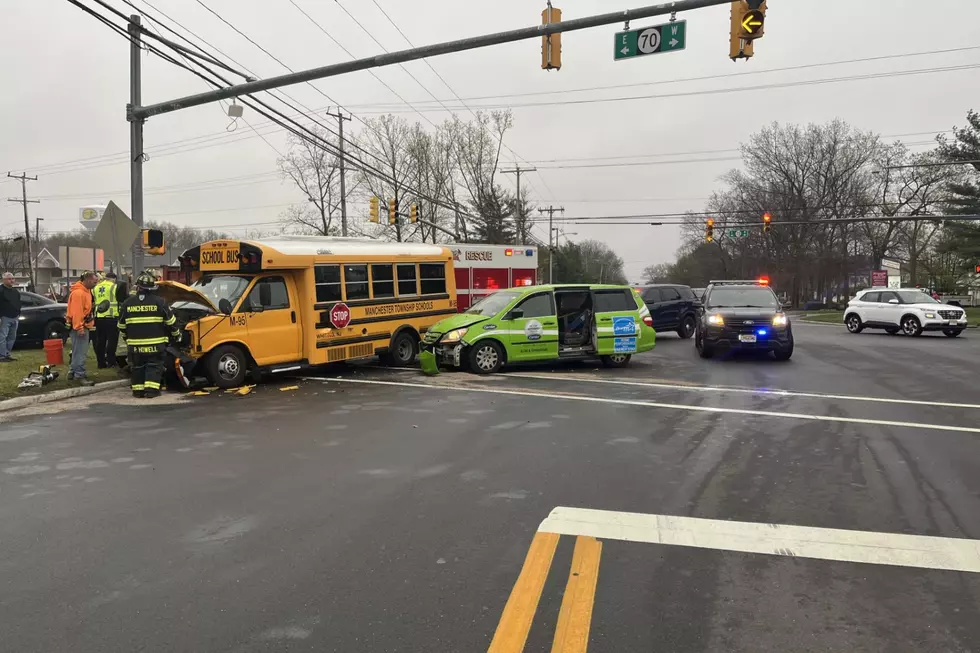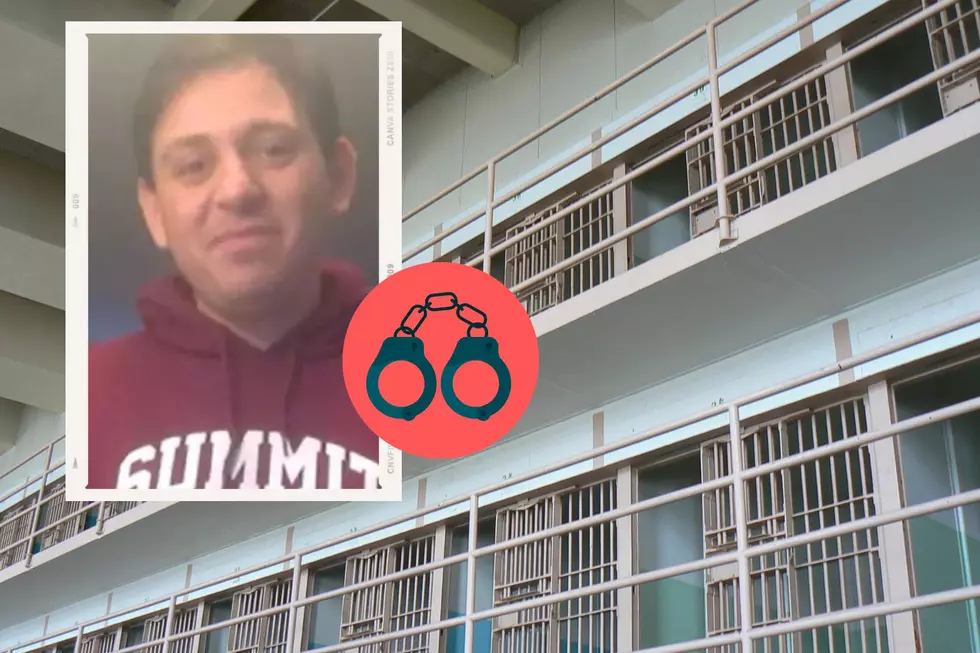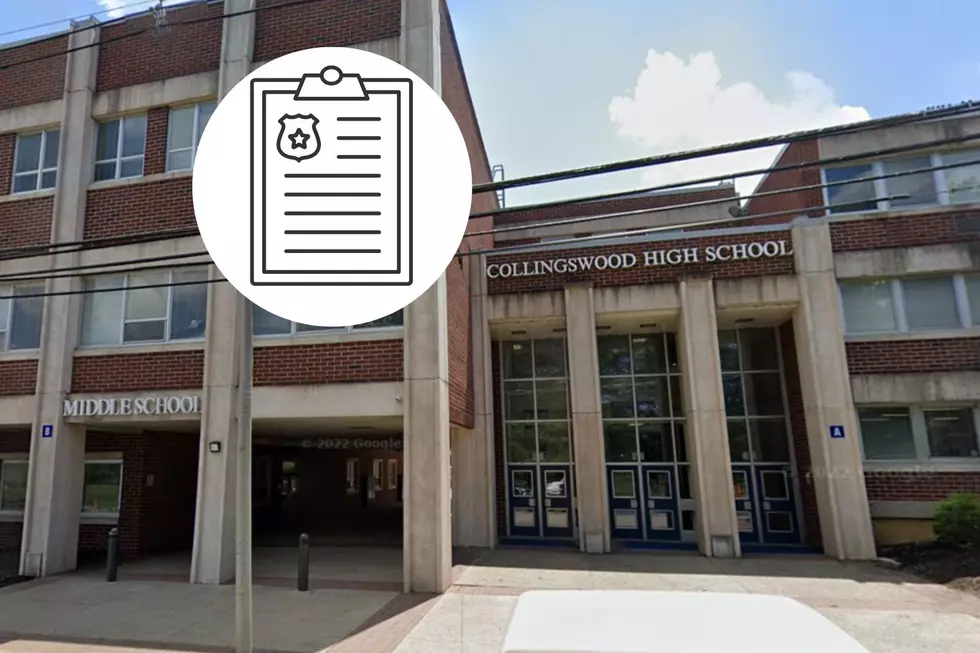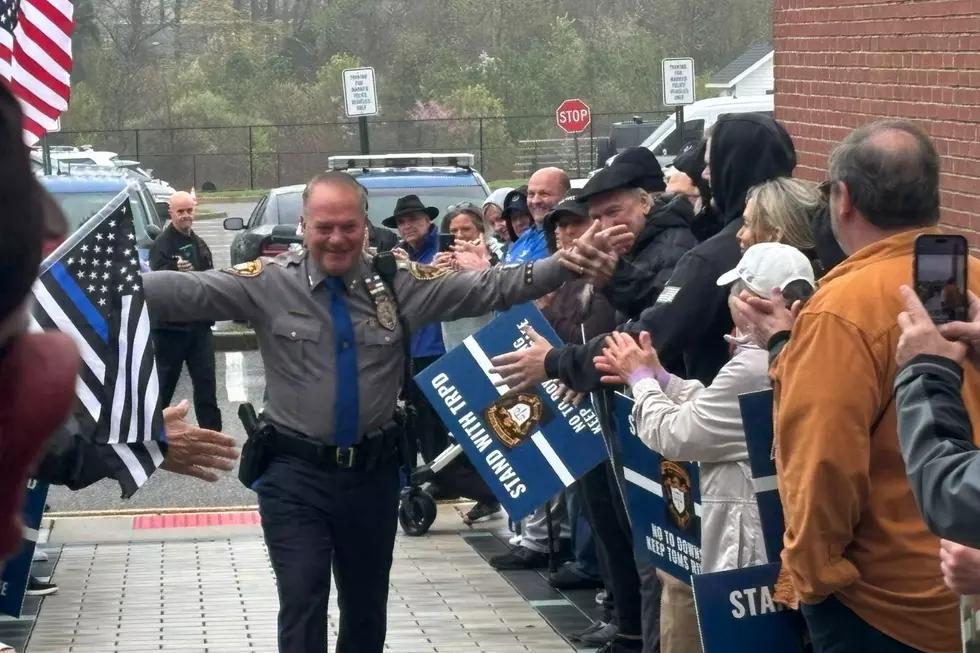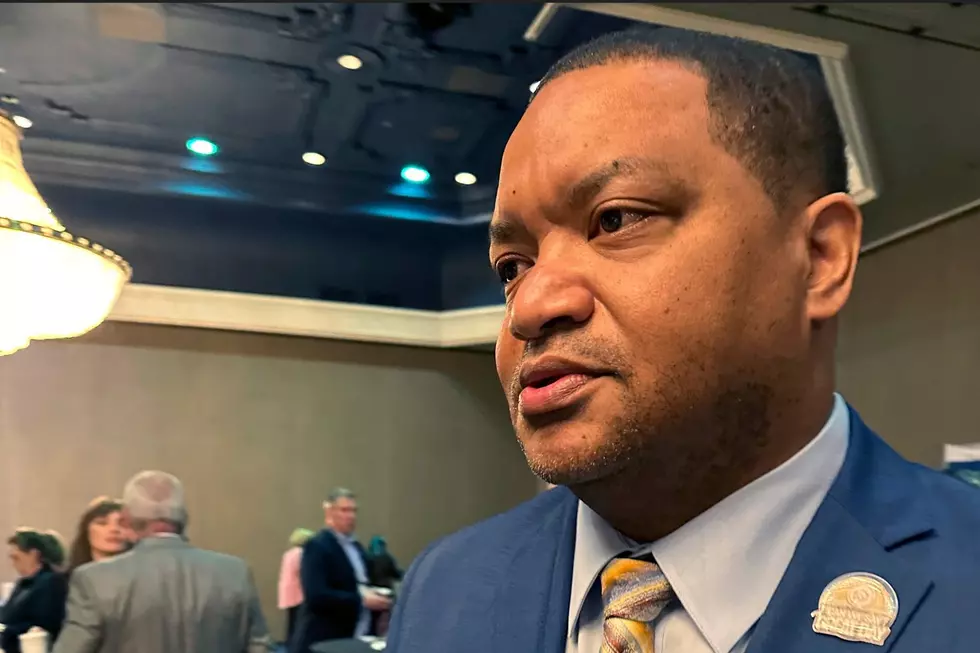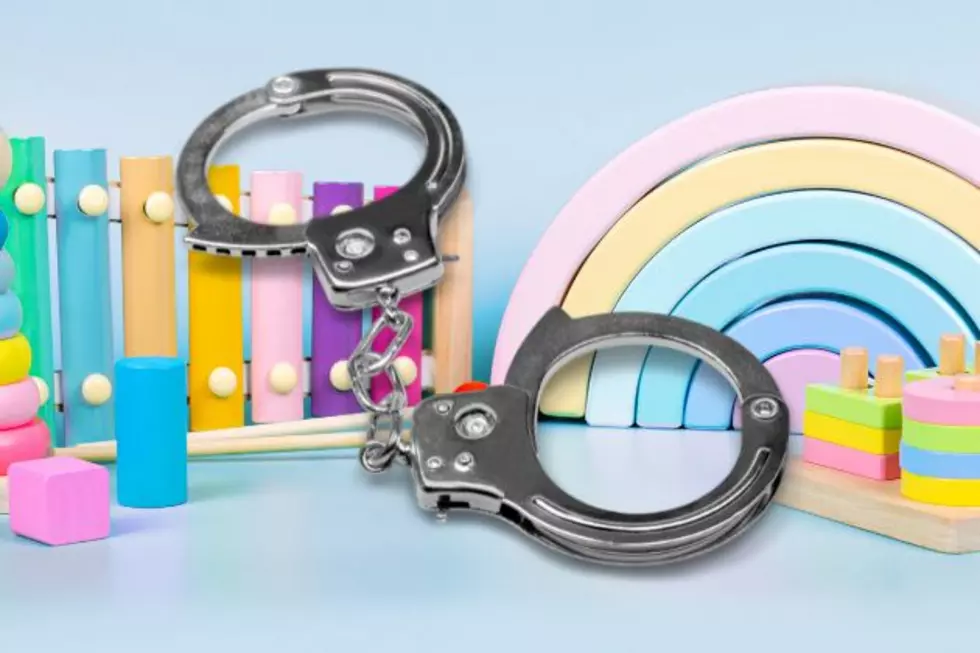![Rutgers Study Finds Too Many N.J. Students Are in ‘Apartheid Schools’ – Do N.J. Schools Need To Be More Diverse? [POLL]](http://townsquare.media/site/385/files/2013/10/6328026353_39864008e6_z-300x190.jpg?w=980&q=75)
Rutgers Study Finds Too Many N.J. Students Are in ‘Apartheid Schools’ – Do N.J. Schools Need To Be More Diverse? [POLL]
Ah, to live in a world where we can all be “as one!” We’d all look past our superficial differences – those qualities that separate us, and, in the words of Rodney King, “all just get along!”
But it is not to be, according to our recent story that suggests we, as a nation, are anxious about becoming more diverse as a society.
And it’s probably more apparent when you look at the racial makeup of our schools.
According to this story, a recent Rutgers study suggests that too many New Jersey students are in what are called ‘apartheid schools’ – or schools where the majority of the population is minority.
The author of the study describes it as if it were forced by law on them, much like segregation was down South a ways ago, or had, up until recently been the case in South Africa.
The report deemed 191 of 1,597 schools statewide "apartheid schools," which is defined as schools where 1 percent or less of the student population is white.
During the 2010 to 2011 school year, apartheid schools accounted for 26 percent of all black students and almost 13 percent of Latino students.
Rutgers researcher Paul Tractenberg, "I find it extremely depressing that New Jersey has what I believe is the strongest state constitution requiring racial balance in the schools, and we have done pretty much zero with that."
New Jersey has the third highest percentage of black students in apartheid schools, behind Illinois and Michigan, according to the report "New Jersey's Apartheid and Intensely Segregated Urban Schools."
In addition to the apartheid schools, the researchers said many more minority students studied in "intensely segregated" schools, in which whites made up zero to 10 percent of the student population. Those schools were often in urban counties, including Essex, Hudson,
Camden, Mercer, Middlesex, Monmouth, Passaic and Union, the report said.
I took exception to the word 'apartheid', however, according to this:
Tractenberg said he used the potentially inflammatory word “apartheid” to grab attention.
Titled “New Jersey’s Dysfunctional State Education System,” the report argued for a range of steps for integration: more mergers of districts, regional magnet schools, county vocational schools and policies allowing students to transfer to public schools outside their districts. The Christie administration has expanded inter district choice programs that give students options and help schools fill empty seats.
Tractenberg was a lead attorney in the landmark Abbott v. Burke case that led to a state Supreme Court mandate for New Jersey to help struggling urban districts provide a “thorough and efficient” education to all students.
The state has poured billions of dollars in aid to bolster them and provide free preschool there. Some studies have found that investment in preschool is paying off with improved literacy in early grades.
Even so, these districts report low test scores and grim graduation rates, such as 72 percent in Paterson last year. (I wonder why?)
James Harris, president of the New Jersey State Conference of the NAACP, said that “what’s missing in New Jersey is the will to fix the problem” of segregation.
Tractenberg didn’t minimize the challenge.
“I don’t say that now that we’ve got this data, people will fall all over themselves to do something about it,” he said. “But it seems so extreme, and to the extent that we write off black and Latino students, we’re writing off what will soon be a majority of students in the state.”
He argued that more integration would help white students as well.
“White kids growing up in isolation aren’t being prepared for the kind of world they will enter” as adults, he said. “There are kids growing up in white suburban New Jersey who have virtually no contact with anybody with a different skin color.”
Now I can attest to not having any contact with anyone out of my own group as a kid. That’s the way it is when you’re brought up in a neighborhood made up primarily of one group or another.
It wasn’t till I entered high school when I encountered kids of a different background – Irish kids from Rockaway. And it became even more pronounced when I entered college – Jewish kids from Midwood.
The population of schools reflect the areas in which they’re located. Is it truly necessary to force diversity onto students when they’ll find out soon enough that they share the globe with others of a different background?
While no one is forcing students to be segregated, neither should government be forcing them to integrate.
More From New Jersey 101.5 FM
